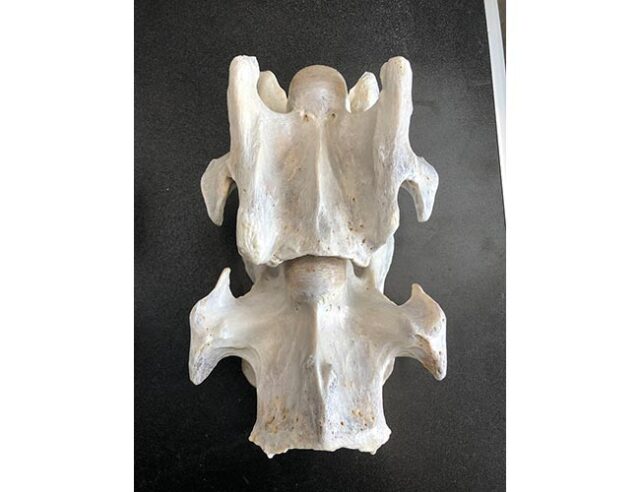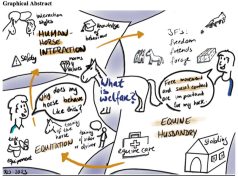By Sabine Timman
Photography: equinestudies.nl
In recent years the breeding industry has been shocked by WFFS, and we are now able to perhaps add another heritable defect to the list of equine disorders. ECVM, or Equine Complex Vertebral Malformation is a problem about which little has been written, often due to its complexity unpredictability, and even though 20% to 40% of European horses show this fault.
The majority of horse owners have actually never heard of ECVM, formerly known as a malformation of the C6/C7 cervical vertebrae. This isn’t too surprising due to the lack of research that has been done, the complexity of the issue, and the fact that it’s mostly of an underlying cause with unclear symptoms. Luckily, some researchers are becoming better at recognising these symptoms, but it is little known to most veterinarians who, therefore, don’t pay it much attention.
Spinal deviations
ECVM is a genetic disorder where the bottom two cervical vertebrae form a deviation. This disorder can be identified in several different ways. It is possible that only the C6 is deviating, that both the C6 and C7 are deviating, or that the C6, C7, and the first or second rib are deviating. Figure 1 shows a normal C6 alongside a C6 of a horse with ECVM. As you can see the second picture is asymmetric, and is missing part of the left bone hump. Although it’s not always the left side that’s abnormal, most scientific research has identified it on the left side (70%), followed by 20% on both sides, and only 10% on the right side. These humps obviously play an imortant role as attachment points and control the muscles from the chest and neck.
A deviating formation of the vertebrae causes asymmetrical and dysfunctional movement. In figure 2 you can see a clear example of what ECVM can do to the first rib; causing two humps or heads on the rib instead of their normal straight line.
Disfunction of the stabilizing muscles
Now we have looked at the interior, we should ask how does this manifest itself externally? But to find out, we must take a deeper look inside... To read the complete article you need to be a subscriber
CLICK HERE TO SUBSCRIBE TO BREEDING NEWS
SUBSCRIBERS CAN READ THE COMPLETE ARTICLE BY LOGGING IN AND RETURNING TO THIS PAGE




